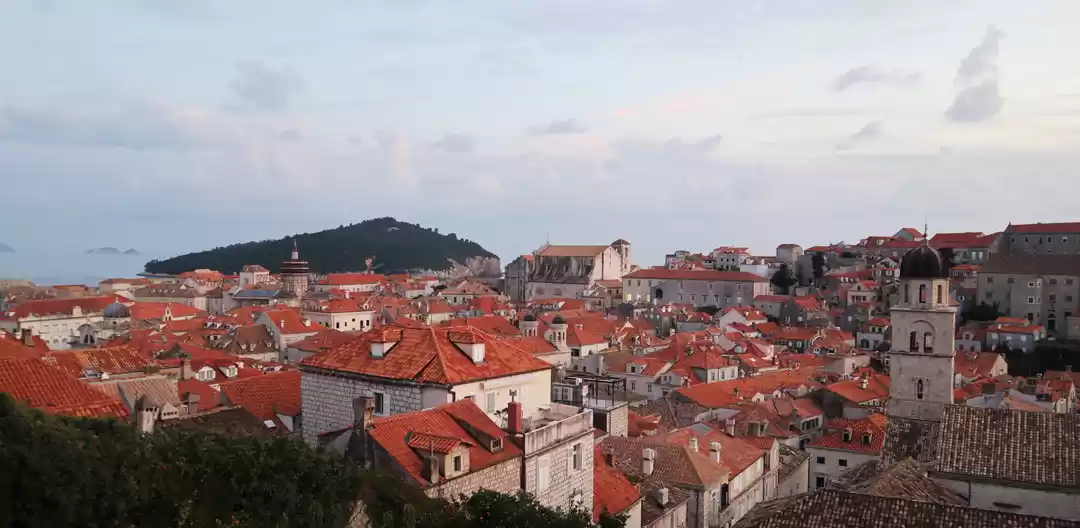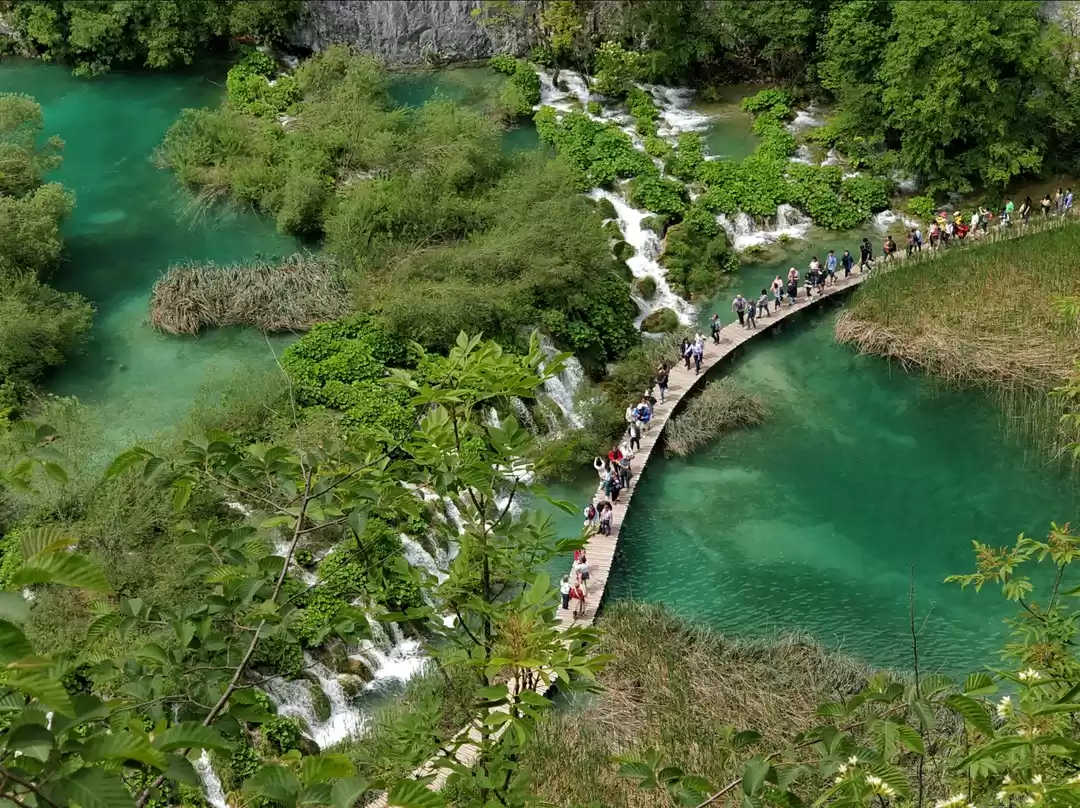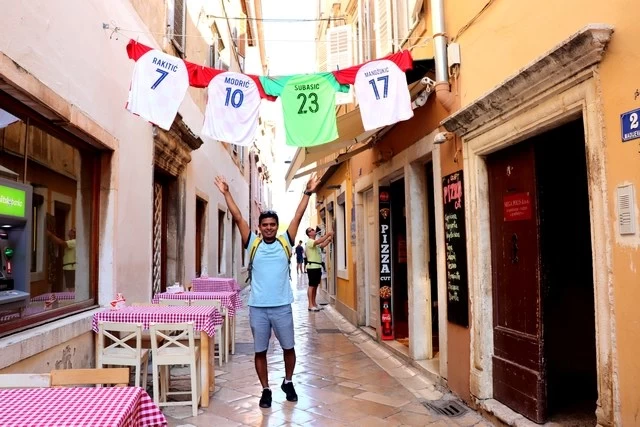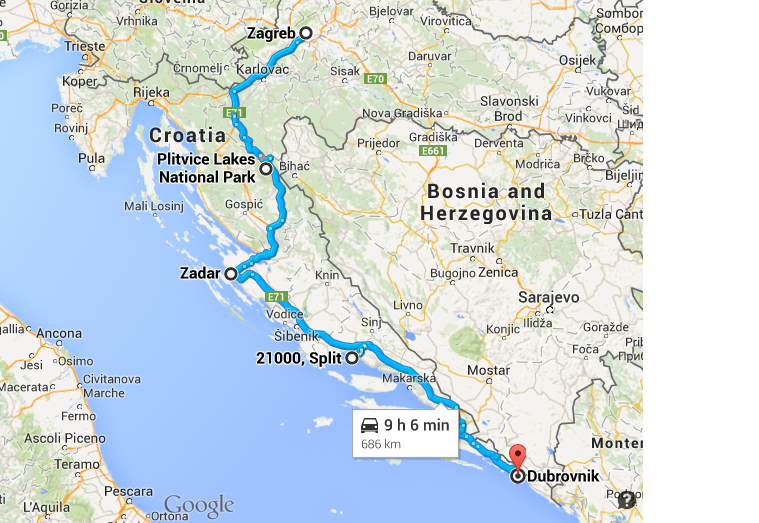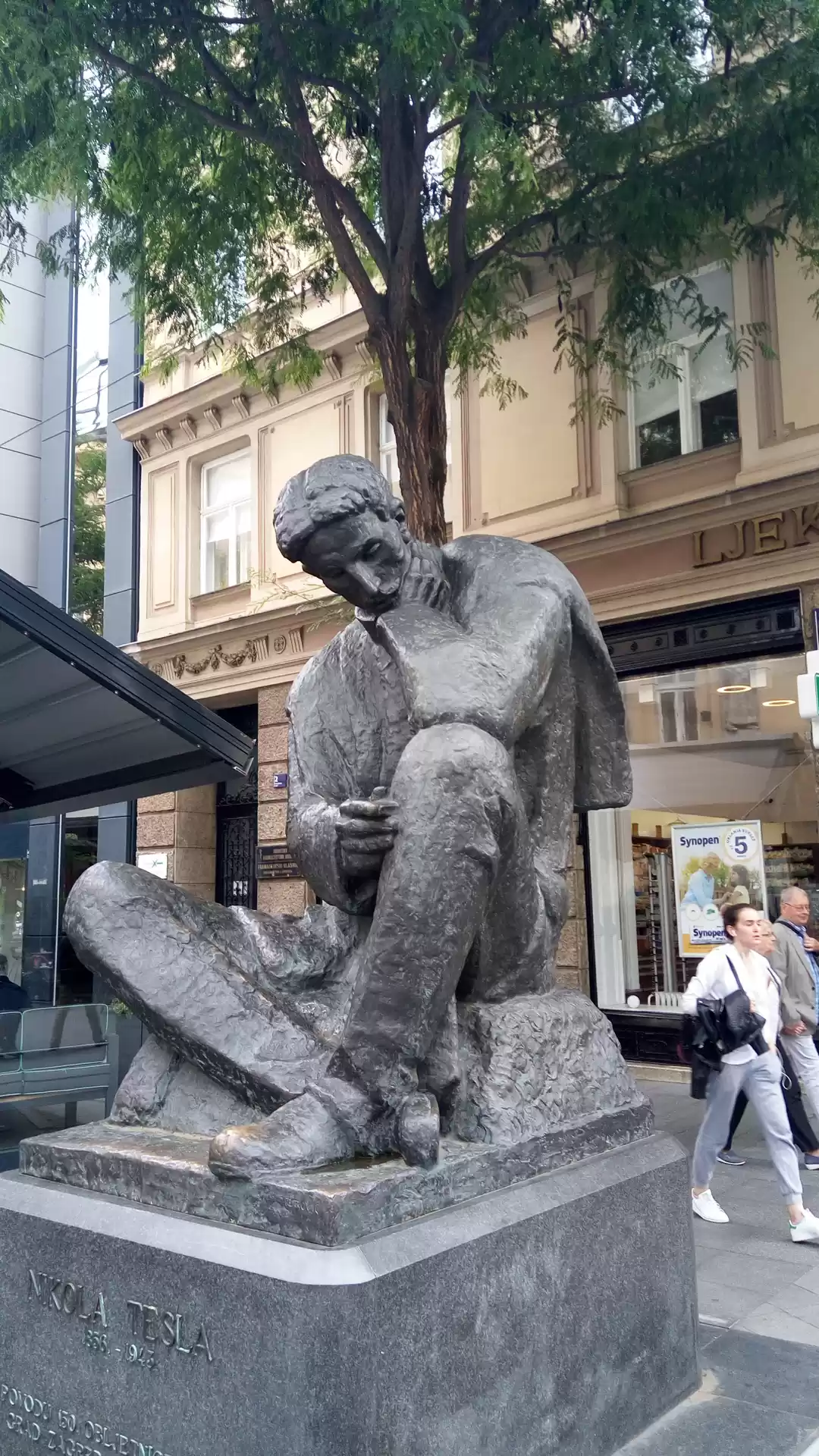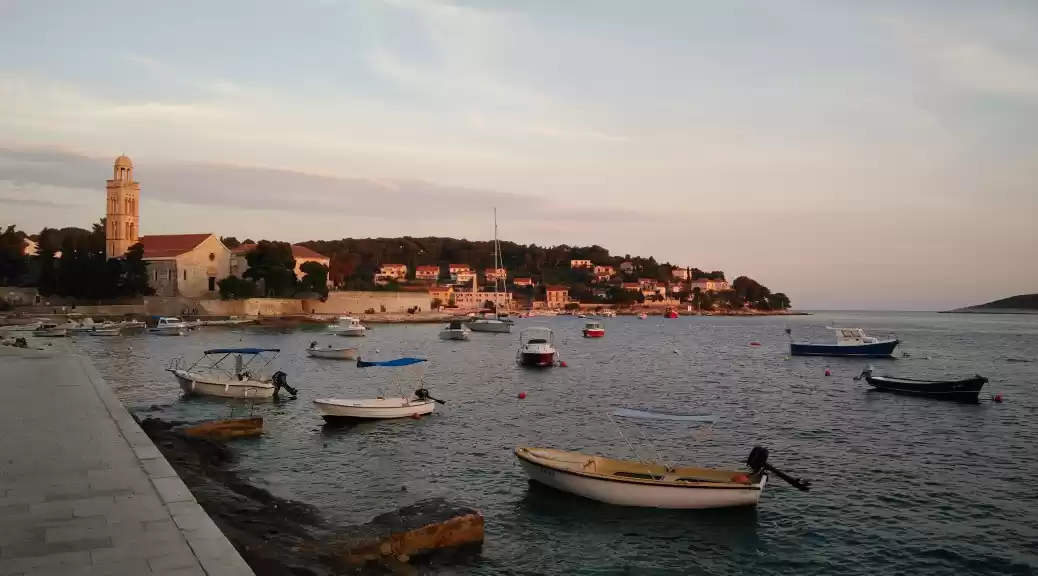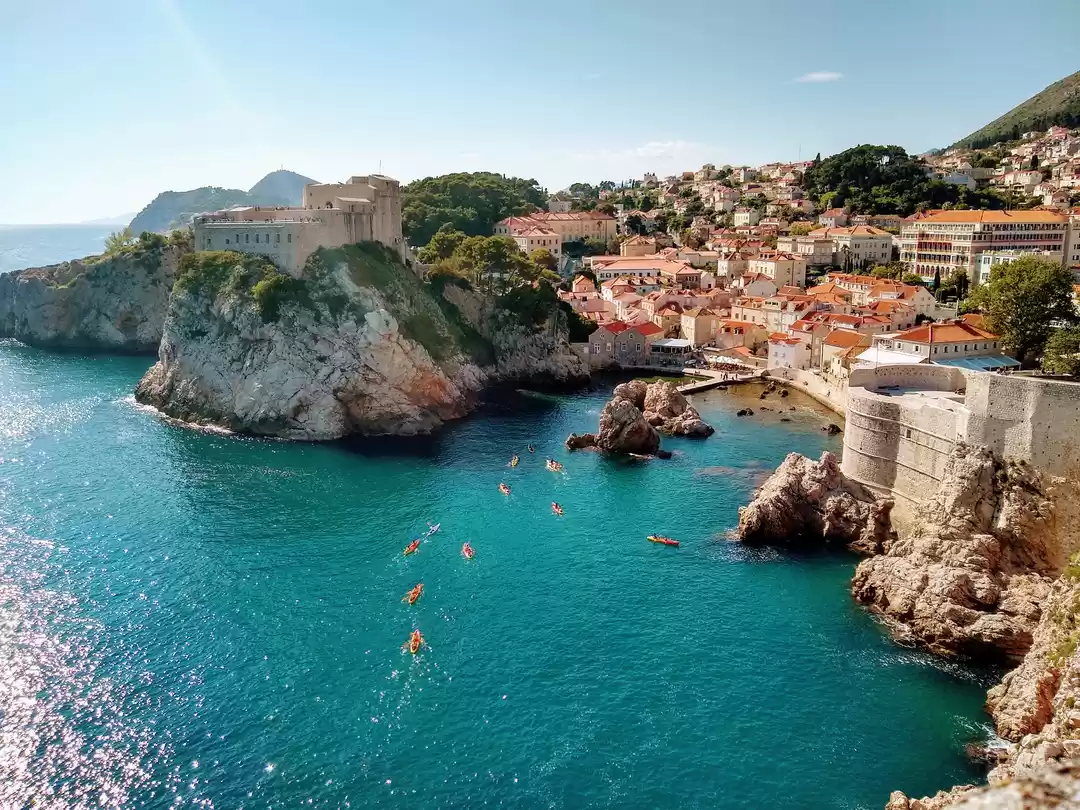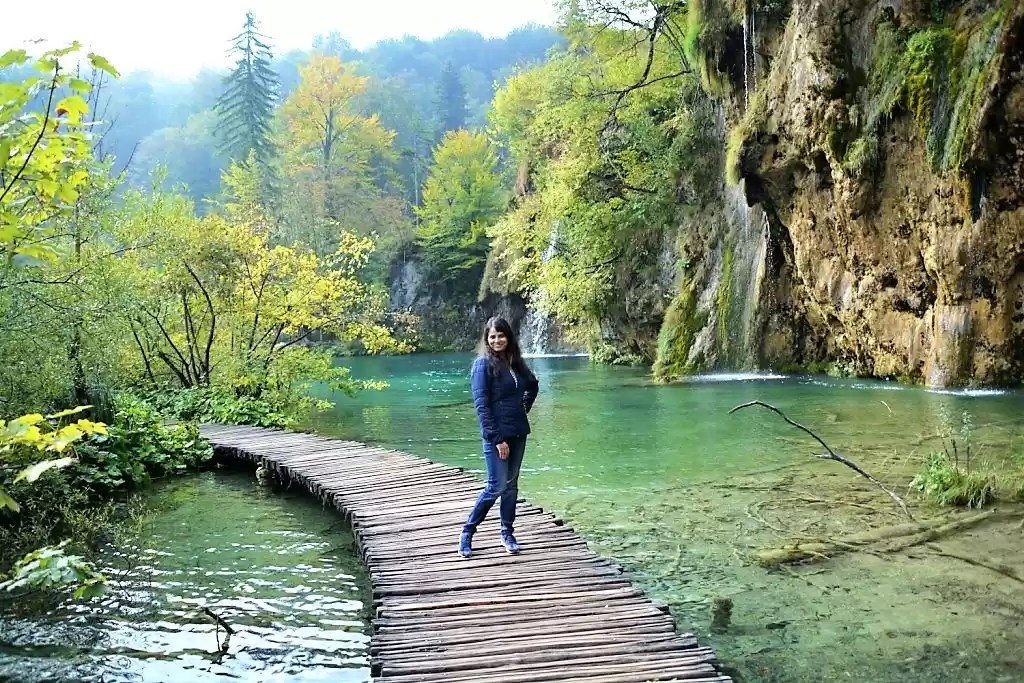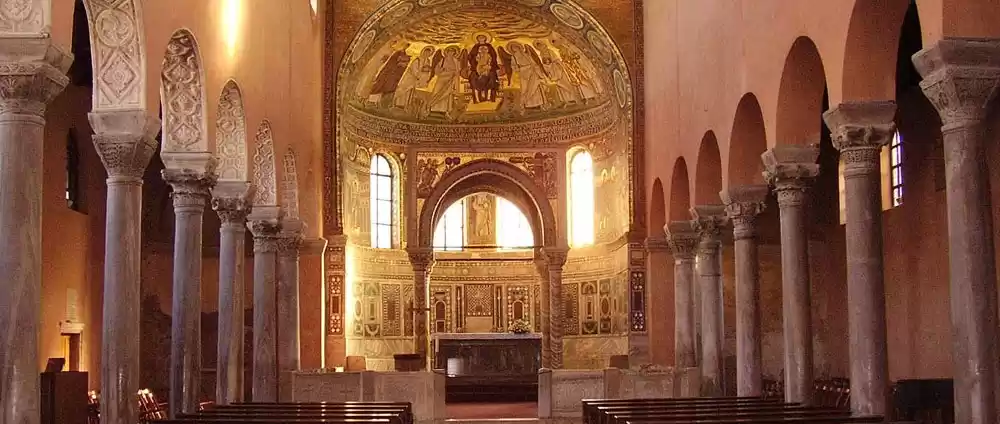
Croatia was a big tourist destination before the War of Independence in the 1990s. After the war, as tourism slowly returned, it was considered to be one of the more affordable destinations in Europe. But things change. Some places - Dubrovnik and Plitvice Lakes National Park to name just two - are suffering from overcrowding and have become very expensive. So, how affordable is Croatia these days?
If you are planning a trip to Croatia and wonder how much to budget or you're looking for some cost-saving tips for your upcoming trip, today's post is for you.
What currency is used in Croatia?
While Croatia is a member state of the European Union, it does not use the Euro (EUR). Croatia's currency is the Kuna (officially HRK or KN as it's usually labelled in shops and markets).
The currency took its name from a cute-looking but fierce animal, a local representative of the weasel family called Kuna. In medieval times, the fur of these animals was traded for food and lodging, so they became a quasi-currency.
Unlike some places in Bosnia and Herzegovina, we didn't see Euros being accepted anywhere in Croatia. So, make sure you have HRK when you visit the country.
How much should I budget for a trip to Croatia?
Below are our travel costs when we visited Croatia in June 2019. We spent a total of 25 nights in the country: 7 nights in Zagreb, 3 nights at Plitvice Lakes National Park, 5 nights in Zadar, 3 nights in Skradin/Krka National Park, 5 nights in Šibenik and 2 nights in Dubrovnik.
Our daily travel expenses in Croatia were USD54.59 / EUR48.26 per person per day, slightly above our general budget of USD50.
Assumptions
Our travel costs are based upon the following:
Couple travelling together Not travelling as part of an organised tour group, but as independent travelers
Our travel style wherever we go is reasonable consistent, which is great when you want to compare travel costs:
Accommodation: We usually stay in self-catered accommodation, in our own room and with (preferably) our own bathroom. The kitchen may be shared. Dining and Groceries: We have at least two meals a day at home. We like to eat out at cafes or restaurants every few days. Transportation: Wherever possible, we travel by public transport. Activities: We pay for some tourist attractions or activities, but are selective as our funds are limited (just like everyone else's).
Not included are the entry and exit transport into/out of the country.

Is your travel style slightly different to ours? No problem: Other websites have calculated their costs as shown in the table below:
We are unsure whether their data includes the expenses to enter/exit Croatia, but it is good to compare our actuals with other data.
Croatia Travel Costs - Accommodation
We recommend staying at properties where the money remains in local hands and for the most part, that means staying at short term rental accommodation that is not a hotel chain or property owned by an overseas investor.
The average price of accommodation in Croatia for a couple was EUR42.82.
Whether you rent a private room in your host's home or opt for a small apartment, staying with locals allows you to stay within budget while not compromising on certain comforts, such as your own bathroom and a kitchen where you can prepare meals. It also allows you to learn more about your destinations through conversations with your hosts.
Croation Travel Costs - Dining and Groceries
Dining can be quite expensive in Croatia compared to other European countries, particularly in the tourist hotspots.
The average price of dining and groceries in Croatia was EUR11.80 per person per day.
Our expenses for dining experiences in Croatia ranged
from HRK209 (EUR28.22) for lunch at Bazza Bistro, a café in the heart of Šibenik's Old Town, to HRK375 (EUR50.64) for a set menu dinner at Dinner in the Garden, a small patio restaurant near the Plitvice Lakes National Park.
Below is a list of common consumer staples to give you an idea what things cost in Croatia:
Croation Travel Costs - Transportation
Flights
If you are flying from a European city to Croatia, you'll likely arrive at one of these six international airports:
Dubrovnik (IATA Code: DBV) Pula (IATA Code: PUY) Rijeka (IATA Code: RJK) Split (IATA Code: SPU) Zadar (IATA Code: ZAD) Zagreb (IATA Code: ZAG)
All of them are serviced by budget airlines from other European cities, so chances are your flight to Croatia won't break the bank, as long as you avoid the peak summer season (July/August).
Bus Services
Croatian cities are well-connected by bus. Intercity bus travel is generally cheap, but the service quality of the bus operators can vary quite a bit.
Note that in addition to your bus fare, you are usually also charged:
a bus station fee (usually around EUR1 per person), and a luggage hold fee (as the name suggests, for luggage going into the hold of the bus - usually around EUR1 for a regular suitcase).
You can save the latter if you travel with a carry-on backpack or bag that you take with you on board.
In Zagreb, bus and tram tickets can be purchased at newsstands and from the driver, however purchasing from the driver is generally more expensive. Zagreb Public Transport is free with ZagrebCard.
Uber and Taxis
Croatia is the only Balkan country where Uber is available, which is a great thing, especially given the negative reputation that taxis have with tourists. You know the price of the ride before you hop into the vehicle. In general, we prefer not to take taxis, especially when travelling from the airport to our accommodation.
Train Services
Croatia 's train network isn't the most extensive, unfortunately. The most popular routes are those between Zagreb and Split, and Zagreb and Rijeka. We took the train from Šibenik to Split and found it to be comfortable and on time. Ticket prices are relatively low compared to most Western European countries.
Ferry Services
Croatia has an extensive ferry network along the Adriatic coast. We decided to take the ferry from Split to Dubrovnik - both to circumnavigate a double-border crossing (as Dubrovnik is an exclave sandwiched between Bosnia and Herzegovina, and Montenegro) and to experience the gorgeous coastline from the sea. It took a bit longer than the bus but was way more comfortable and enjoyable.
Croatia Travel Costs - Activities
You are spoilt for choice when it comes to tourist attractions and activities in Croatia:
from National Parks like Plitvice Lakes, Krka, the Kornati Islands or Telascica, which all require you to pay entry fees, to stunning Roman and Medieval Old Towns that can be explored on foot, self-guided or on free/low cost walking tours, and gazillion other options in between.
Croatia's Free Museum Night, where museums and galleries in the major cities are open free of charge, usually happens at the end of January. So, if you happen to be in Croatia around that time keep an eye out for it.
Croatia Travel Costs - Miscellaneous Expenses
There are always expenses that don't quite fit the major expense categories we talked about above. There include
the cost of your travel insurance, the cost of visas you may need to enter a country, foreign exchange related fees, and tips.
When you plan your trip, always budget (at least) an additional 10% for miscellaneous expenses on top of the big four items of accommodation, dining and groceries, transportation and activities. Budget more if you have the habit to buy souvenirs and trinket gifts for your loved ones (or yourself).
Are there any discount cards in Croatia?
Discount cards are a great way to save if you want to visit several paid attractions within a set amount of time. It seems every larger city in Croatia offers a discount card. And there is even one that covers multiple regions:
Croatia Pass - The cost for the Croatia Pass is based on the number of attractions you select. You can select multiple attractions from just one region or several regions and receive a direct discount on the normal ticket price of the attractions selected. Zagreb Card - Includes free access to major city attractions, use of public transport, and discounts on museums and galleries, car rental, accommodation, restaurants, and much more. Zadar Card - The Zadar Card gives you discounts for attractions and activities, restaurants, shops, bike and car rental, and more. You can get cards for just one day or for three days, one week, even a whole year. Šibenik Card - The card offers discounts for major attractions (including Šibenik's fortresses and Krka National Park), excursions, restaurants, shops, car rental and more. The card is valid for seven days. Split Card - Valid for 3 days (72 hours), the SplitCard includes free museum admissions and discounts for some of the city's best restaurants, shops and other service providers. You get the SplitCard for free if you stay in the city for certain time periods, so check out the Split Card website for more details. Dubrovnik Card - You can choose between one, three and and seven day options. The longer the validity the more attractions and discounts are included in the card. Use of public transport is also included.
If you are a full-time student, you can and should apply for an International Student Identity Card which will provide additional discount options in Croatia and around the world.
Do I need to tip for services in Croatia?
As non-Americans, we are not used to tipping for services, whether in a restaurant, taxi or anywhere else. And while it is not expected to tip for café or restaurant services in Croatia, it is always appreciated. Don't do it out of habit, but if the food and service exceeded your expectations.
A lot of websites recommend leaving a 10% gratuity, but in the end, give what you feel is appropriate. If you do decide to leave a tip for excellent service, and you pay with credit card, there is a good chance you won't be able to add it in the payment process. Leave cash instead.
Which brings us to our final point.
How much cash do I need in Croatia?
From a safety point of view, we like to have as little cash as possible on us, yet enough to not feel uncomfortable.
Of the expenses incurred in Croatia, we paid 28% in cash. The biggest cash amount was a payment of HRK1,500 (EUR202.55) for five nights accommodation in Zadar.
Are you planning to visit Croatia and have any questions we didn't answer? Have you been to Croatia and can add any tips? Please leave a comment below.
Are you planning a trip to any other country?
If you are planning to visit Croatia, there is a reasonable chance that you may also visit the surrounding region. We also wrote about our travel costs in Slovenia, and will be publishing articles about our travel costs in Bosnia and Herzegovina, and Montenegro soon. Feel free to check out our other country travel costs.
Feature photo by 63061 on Pixabay


